EDITORIAL
Published on 27 Jul 2022
Editorial: Recent Progress and Perspectives in Neurosteroid Research
doi 10.3389/fendo.2022.951990
- 1,629 views
- 4 citations
29k
Total downloads
163k
Total views and downloads
Select the journal/section where you want your idea to be submitted:
EDITORIAL
Published on 27 Jul 2022
ORIGINAL RESEARCH
Published on 11 May 2021
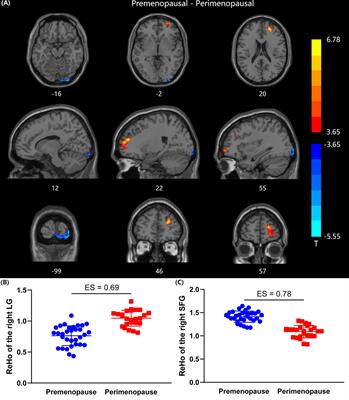
ORIGINAL RESEARCH
Published on 11 Jan 2021

MINI REVIEW
Published on 27 Oct 2020
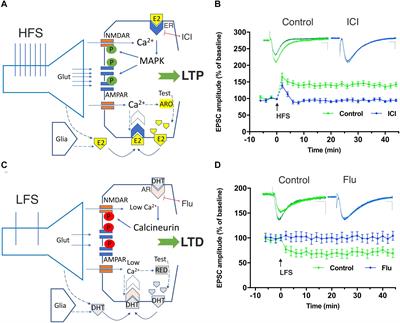
ORIGINAL RESEARCH
Published on 19 Oct 2020
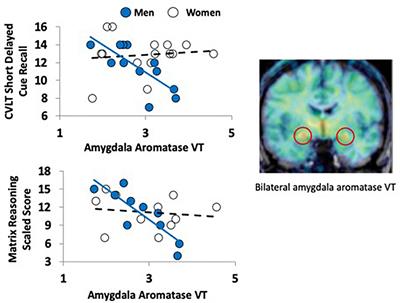
ORIGINAL RESEARCH
Published on 07 Oct 2020
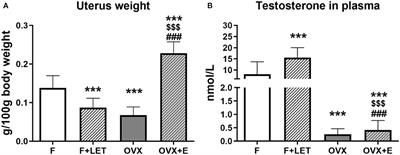
ORIGINAL RESEARCH
Published on 30 Sep 2020
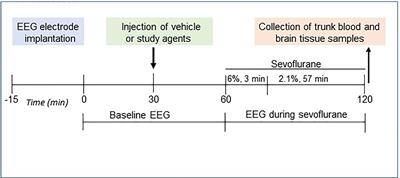
SYSTEMATIC REVIEW
Published on 30 Sep 2020
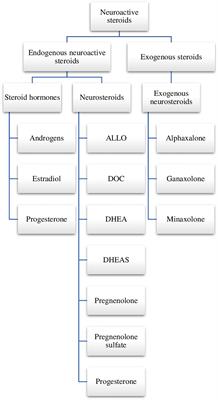
MINI REVIEW
Published on 11 Aug 2020
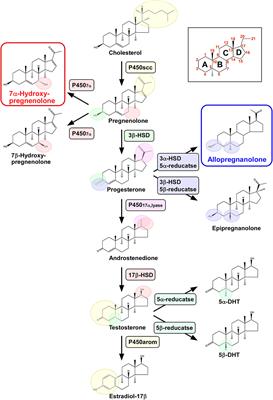
CORRECTION
Published on 30 Jul 2020
MINI REVIEW
Published on 29 Jul 2020
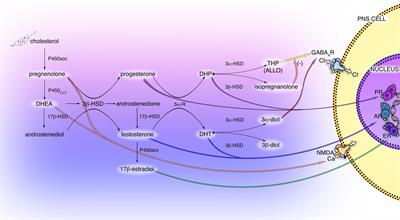
MINI REVIEW
Published on 29 Jul 2020
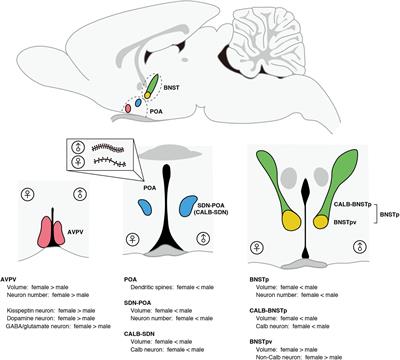

Frontiers in Neuroscience